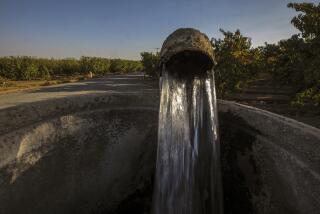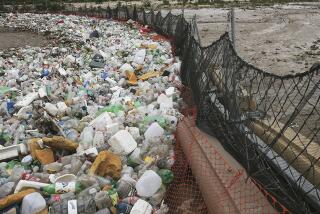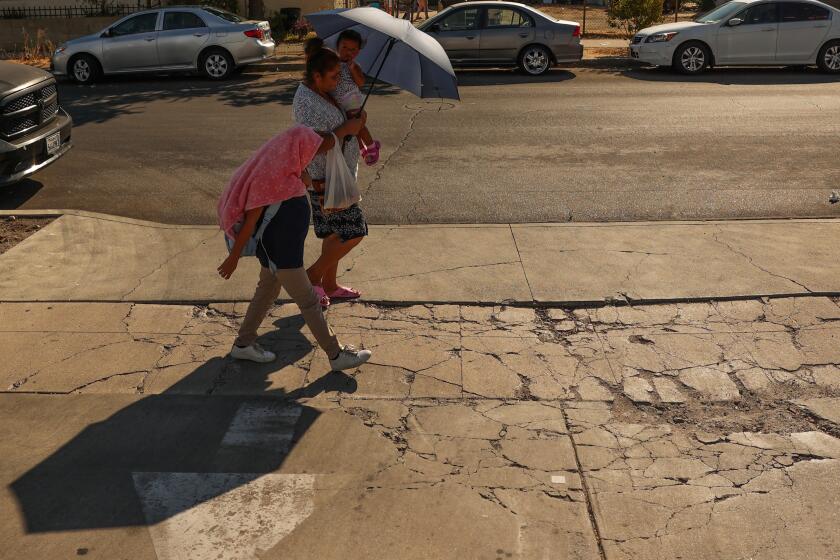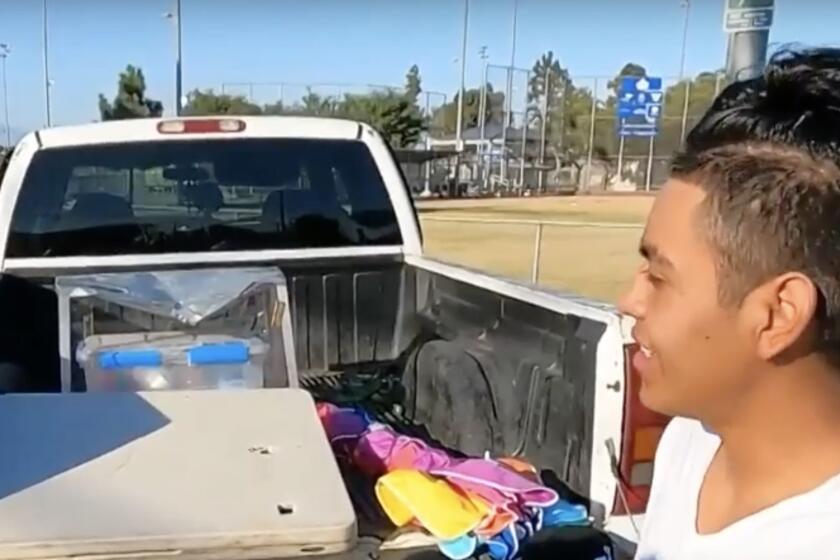Report backs greater use of recycled wastewater
Opponents malign it as “toilet to tap.” But a new National Research Council report says that reclaimed water can contribute a growing portion of the nation’s drinking water supplies and be as safe as conventional sources.
The assessment is especially relevant to Southern California, which has been a pioneer in recharging local aquifers with treated wastewater but still sends most of its runoff and treated water to the Pacific Ocean. A decade ago, public outcry and electoral politics thwarted a Los Angeles plan to partially replenish San Fernando Valley groundwater with recycled supplies.
Not to worry, concluded the scientific panel that wrote the report: “We can really say that there is no difference from the risk standpoint,” said Jorg Drewes, a water reuse expert who was on the panel. “You can have a supply that is as safe as the current drinking water supplies.”
In that vein, the 349-page report, released Tuesday, backs away from a 1998 research council recommendation that reclaimed water be used in drinking supplies only as “an option of last resort.”
“We have more operation experience on potable reuse projects in the country and we have a much better understanding of the risk,” said Drewes, a civil and environmental engineering professor at the Colorado School of Mines.
The report noted that many conventional sources already contain some treated wastewater, and called that “de facto reuse.”
All of Las Vegas’ treated sewage drains into Lake Mead, the nation’s largest reservoir and a water source for Southern California and much of the Southwest. Water managers joke that if you flush a lot when you go to Vegas, it will mean more supplies for the Southland.
The panel compared data on tap water drawn from a conventional source that contained 5% wastewater with supplies taken from aquifers partially recharged with treated sewage.
It looked at levels of pathogens and 24 chemical contaminants, including hormones and pharmaceuticals, and concluded that the water from recharged aquifers posed no greater health risks, and in the case of pathogens, could be lesser.
The pressures of growing population, migration to arid parts of the U.S. and climate change are making reclaimed supplies more attractive.
“Wastewater is a drought-proof supply. People are always generating wastewater,” Drewes said. “That can be a very viable option, the committee felt, compared to imported water and other options.”
He added that reclaimed water is cheaper than desalinated seawater. And on the coast, there are no downstream users who can assert rights to the flow, which would otherwise be dumped in the ocean.
Los Angeles has not given up on the idea of using highly treated effluent from the Donald C. Tillman Water Reclamation Plant in Van Nuys to replenish the aquifer in the northeast Valley. The Department of Water and Power is trying to build support for the project with community meetings and is developing a master plan for recycled water use in the city.
In a statement, DWP Senior Assistant General Manager James McDaniel said his agency was encouraged by the report, “which once again underscores the importance of using recycled water to augment existing water resources.”
More to Read
Sign up for Essential California
The most important California stories and recommendations in your inbox every morning.
You may occasionally receive promotional content from the Los Angeles Times.











